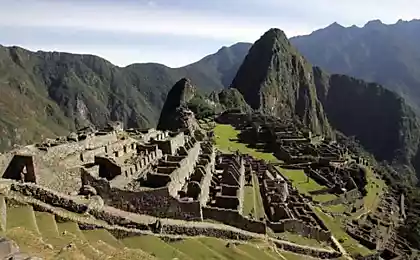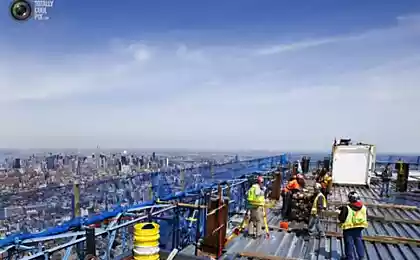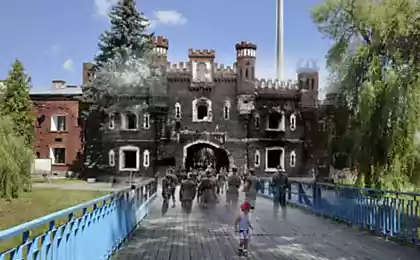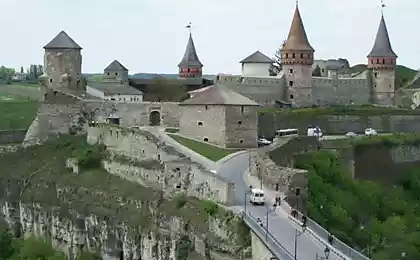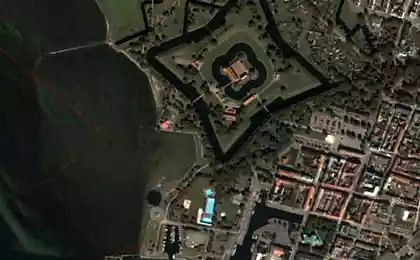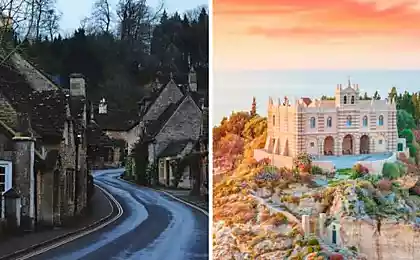186
Carcassonne Fortress City – UNESCO World Heritage Site
The fortified French city of Carcassonne is located in southern France, in the department of Aude - the former province of Languedoc. This old settlement is divided into the fortified fortress of Carcassonne and the city below. The origin of the Carcassonne fortress can be traced back to the Visigoths, who founded it in the 5th century, but even earlier the area had already been fortified by the Romans. The fortress was extensively restored in 1853 by an architect named Eugene Viollet-le-Duc, and in 1997 became a UNESCO World Heritage Site.
The area was reportedly inhabited by humans as early as 3,500 BC, but it wasn’t until the 6th century BC that it became a hotspot. Because of its location and strategic importance, the city was fortified by the Romans around 100 BC before it was turned into a colony of Julia Carsaco. A Viscount named Raymond Bernard Trencavel became the owner of Carcasonne in 1067 when he married Carcasonne's sister. The Trencavel family was confident that they would continue to own the site for centuries, and decided to build the Basilica of Saint-Nazear and Chateau Comtal.
The city was fully fortified to withstand the siege, including attacks by heavy attacking guns. The castle has its own drawbridge and ditch, and its walls are extremely strong and quite high. Over a long period of time, numerous protective towers were built here. During the 13th century, one of these towers was used by the Catholic Church for the Inquisition, and was appropriately named the Tower of the Inquisition. Today, many tourists come to the tower to visit the Torture Museum, displaying the original torture equipment used by the church at the time.
You can get to Carcassonne by car, via the A61 motorway, or by train through the Gare de Carcassonne. There is also Carcassonne Airport, which connects with major European cities such as Liverpool, Dublin, London, Glasgow and Cork.
Source: lifeglobe.net/
The area was reportedly inhabited by humans as early as 3,500 BC, but it wasn’t until the 6th century BC that it became a hotspot. Because of its location and strategic importance, the city was fortified by the Romans around 100 BC before it was turned into a colony of Julia Carsaco. A Viscount named Raymond Bernard Trencavel became the owner of Carcasonne in 1067 when he married Carcasonne's sister. The Trencavel family was confident that they would continue to own the site for centuries, and decided to build the Basilica of Saint-Nazear and Chateau Comtal.
The city was fully fortified to withstand the siege, including attacks by heavy attacking guns. The castle has its own drawbridge and ditch, and its walls are extremely strong and quite high. Over a long period of time, numerous protective towers were built here. During the 13th century, one of these towers was used by the Catholic Church for the Inquisition, and was appropriately named the Tower of the Inquisition. Today, many tourists come to the tower to visit the Torture Museum, displaying the original torture equipment used by the church at the time.
You can get to Carcassonne by car, via the A61 motorway, or by train through the Gare de Carcassonne. There is also Carcassonne Airport, which connects with major European cities such as Liverpool, Dublin, London, Glasgow and Cork.
Source: lifeglobe.net/
New algorithms will improve the batteries of electric vehicles
Common flu in a child can cause leukemia
